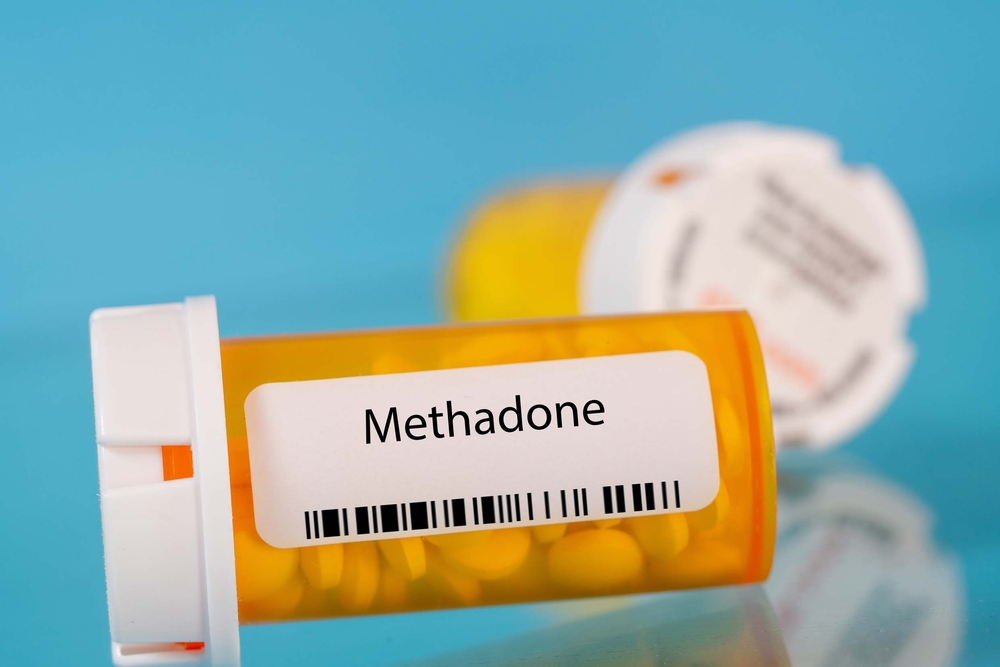Home > ASME Articles > SAMHSA’s Take-Home Methadone Policies During COVID-19 Did Not Increase Methadone-Involved Mortality

In response to the first wave of the COVID-19 pandemic in 2020, the Substance Abuse and Mental Health Services Administration (SAMHSA) issued a blanket exception allowing opioid treatment programs (OTPs), with approval from their states, to provide up to 28 days of take-home methadone for clinically stable patients and 14 days for those who were less stable.
The purpose of this exception was to maintain care for people seeking treatment for their opioid use disorder without putting them or clinic staff at increased risk for COVID-19 through regular face-to-face exposure.
There was concern that allowing patients to acquire so much methadone at a time, without the daily supervision provided by clinic visits, might increase their risk for a deadly opioid overdose.
This study aimed to examine the association between this policy change and methadone-involved overdose deaths by comparing states that relaxed take-home dose rules with those that didn’t.
The study author, Harris, obtained data from the Centers for Disease Control and Prevention (CDC) using their online tools. Harris compiled monthly methadone-involved overdose deaths from January 2018 to June 2022 (27 months before the policy change and 27 after) and separated the data into two sets: data from states that permitted extended take-home doses (permitting states) and data from states that did not (non-permitting states). Only states that had OTPs and were consistent with their policies throughout the study period were included.
Harris examined the two sets of data at three time points: before the policy change in March 2020 (preintervention), at the onset of COVID-19 (April 2020), and after the policy change took effect (postintervention).
Between January 2018 and March 2020 (preintervention), states that subsequently permitted the expanded take-home doses saw a non-significant decline in methadone deaths at a rate of -1.02 per month. For subsequently non-permitting states, the trend line was flat at -0.02 per month. The difference between the groups was -0.99.
In April 2020, just after the onset of COVID-19, both groups saw a similarly sharp increase in methadone-involved deaths: about 50% more than during the preintervention phase, likely related to disruptions due to the pandemic (similar increases were seen for other drug-involved deaths at this same time).
Following the policy change, however, permitting states saw the rate of deaths decrease at -2.31 per month, while non-permitting states saw only a nonsignificant decrease at -0.12 deaths per month.
The difference between the two groups was significant, at -2.19 deaths per month, with states that allowed patients to access extended take-home doses showing greater reductions in monthly mortality.
This study suggests that SAMHSA’s policy change allowing extended take-home doses did not result in an increase in monthly methadone-involved overdose deaths in states that adopted the practice. The trend lines in both sets of states were fairly similar until the policy took effect – then states allowing for extended take-home doses had larger decreases in mortality rates compared to states that did not.
One possible explanation for this decrease is the demeaning experience of having to report every day to an OTP for Black and Hispanic men in particular, who are already marginalized and constantly exposed to systems of surveillance, stigma, and punishment. Allowing for extended take-home doses introduced more of a sense of normalcy and dignity and gave them more control over their own care, all things that can improve adherence and overall well-being.
In February 2024, SAMHSA updated federal methadone regulations to permanently expand these take-home dose flexibilities, although states and local OTPs can still choose whether to participate. However, some states rescinded their policies of permitting extended take-home privileges and trended toward more restrictive dosing. These policy decisions significantly influence patient experiences and could result in less medication adherence and worse outcomes overall. Researchers should explore factors influencing state and OTP dose restrictions and their impacts on patient care, with a special focus on potential disparities in implementation across demographic groups and regions.